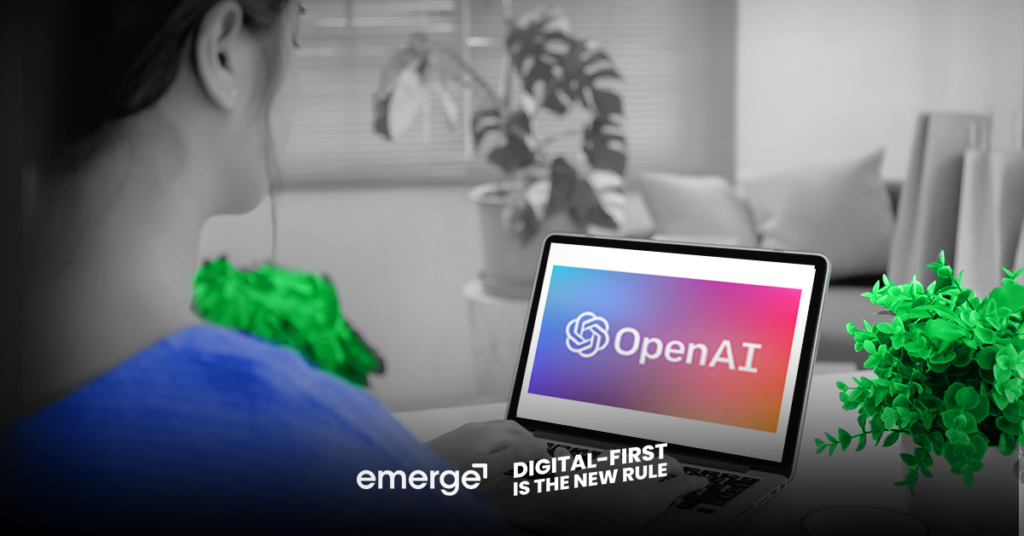
With ever-evolving technology, digital marketing constantly needs to adapt to the changes and trends, from strategic planning to analytics and...
Keep up with Emerge blogs, news, and read latest Marketing insights & Actionable tips.

With ever-evolving technology, digital marketing constantly needs to adapt to the changes and trends, from strategic planning to analytics and...
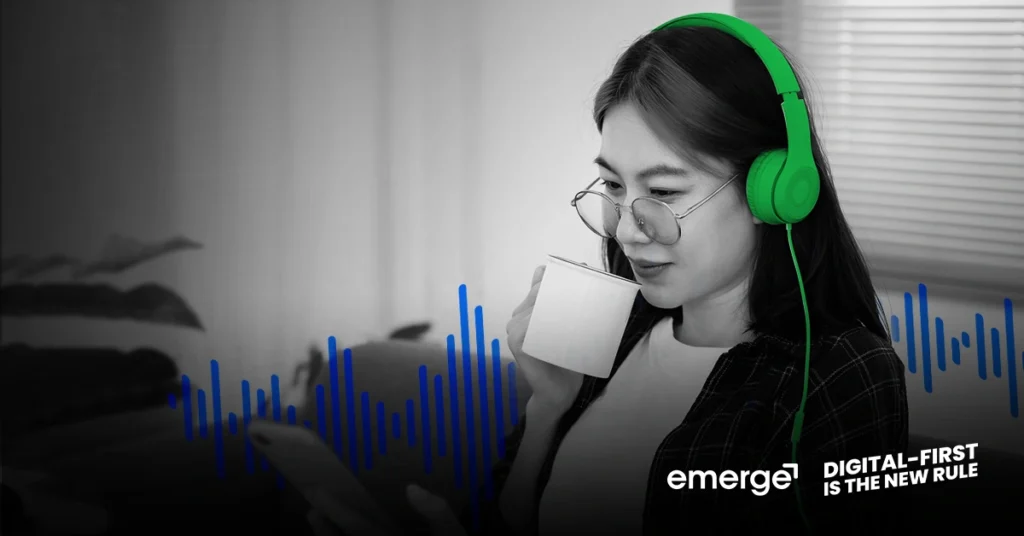
Have you ever woken up and spent a day with a song or jingle stuck in your head? Congratulations, that...
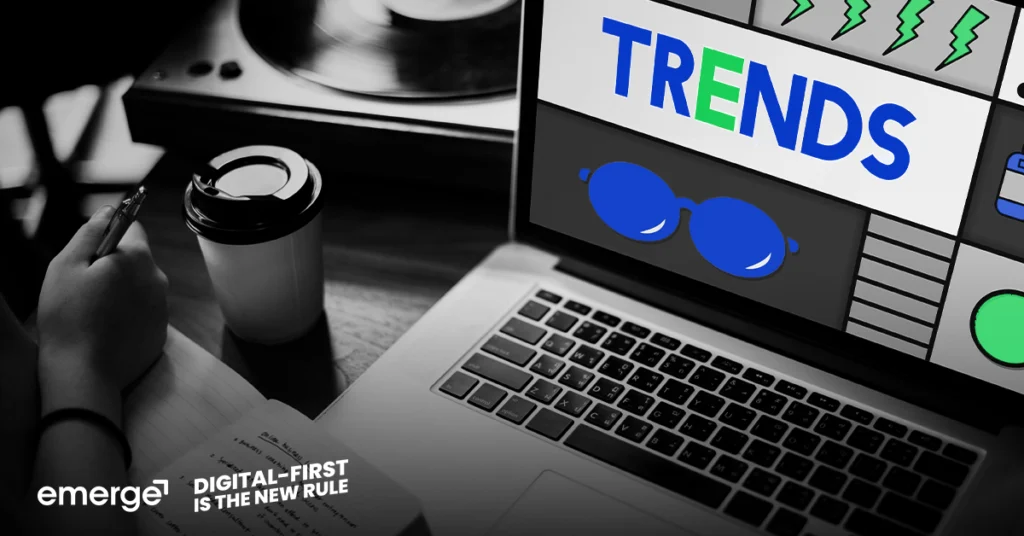
Social media fosters connections with other people around the world. We can get the latest and trending topics in just...
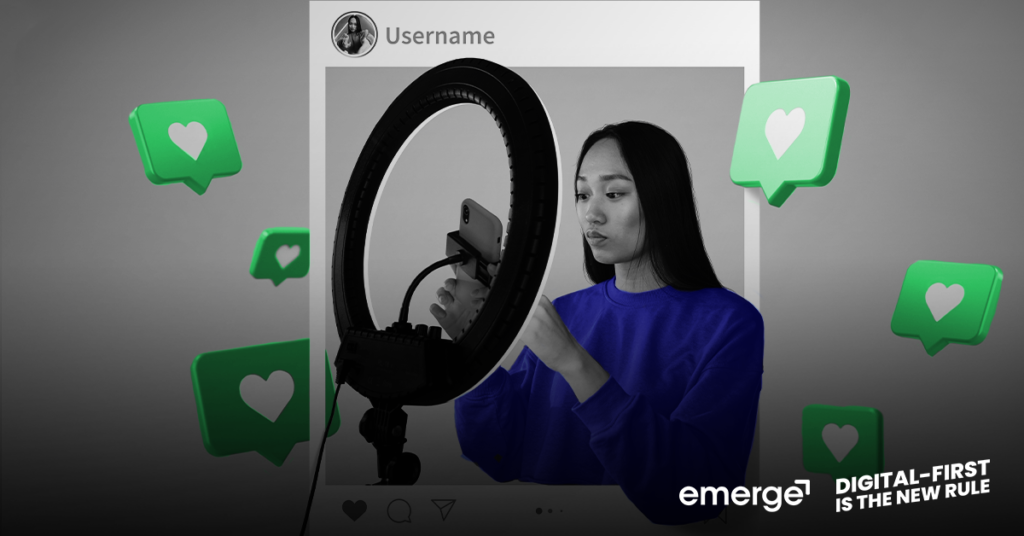
Long before the internet and social media, television was the only “virtual way” brands could advertise their products to people....
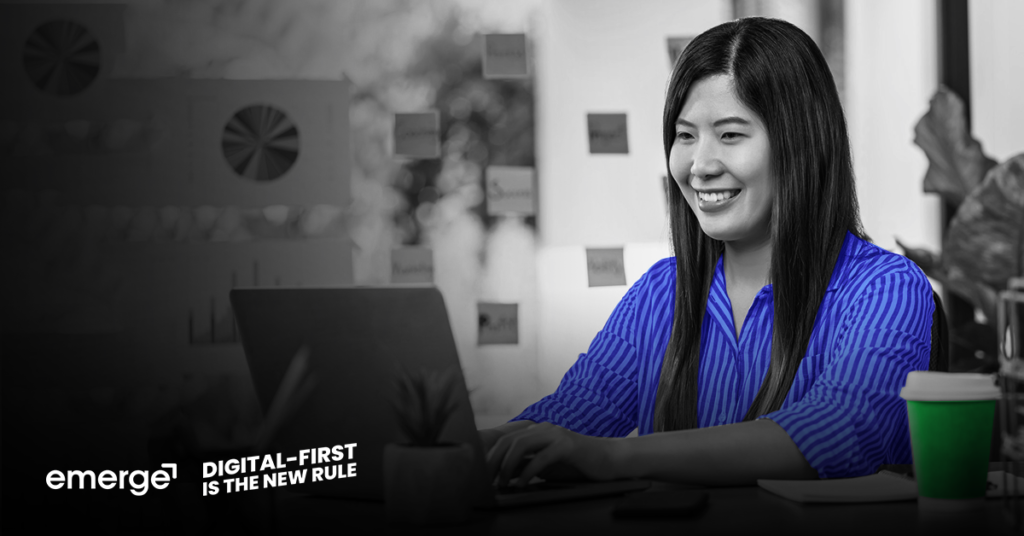
So, what should we post about this January? What about next month? For the whole year? Most social media managers...
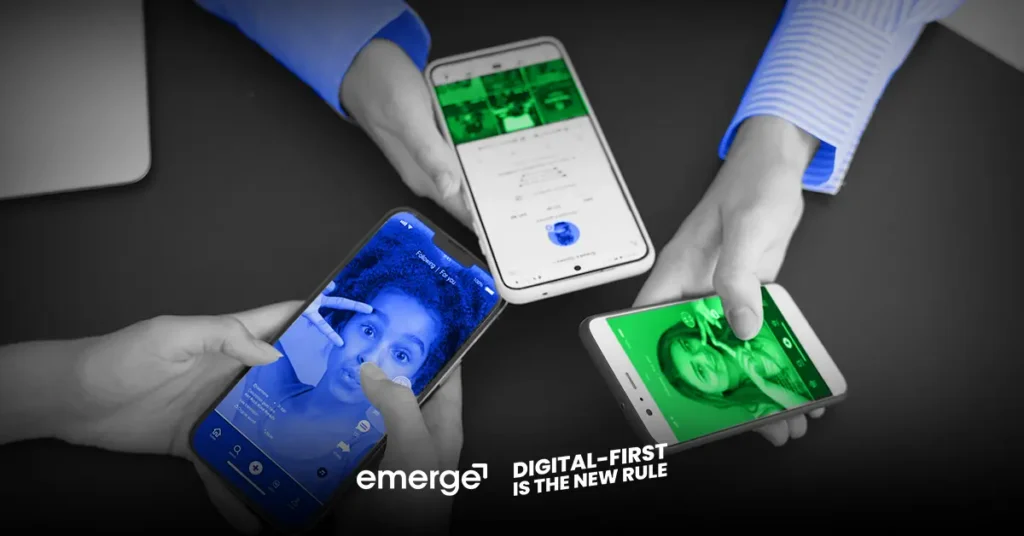
Have you seen ads on TikTok that just grab your attention? So seamless you almost think it was not an...
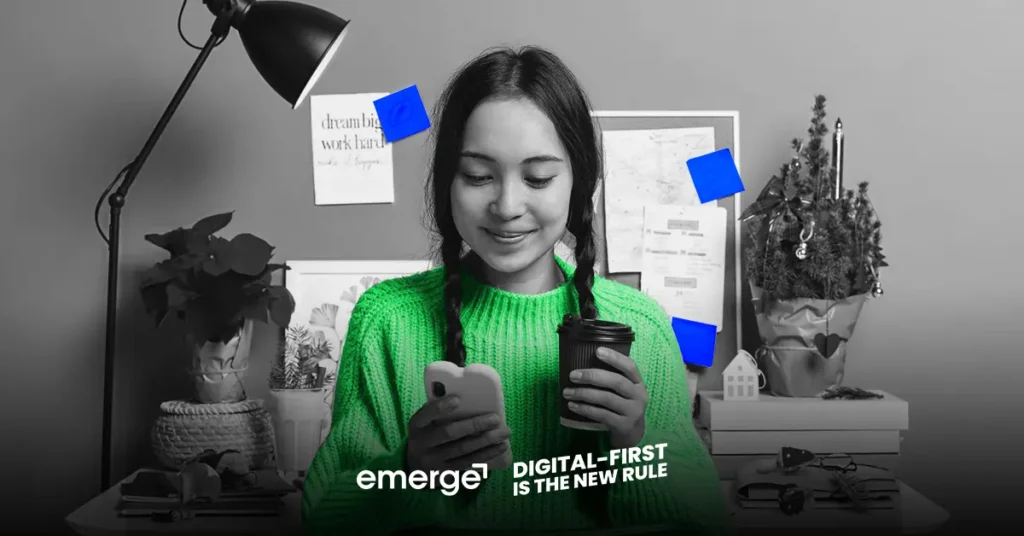
The holiday season is here and brands are ramping up their digital media advertising to attract customers. While it’s difficult...
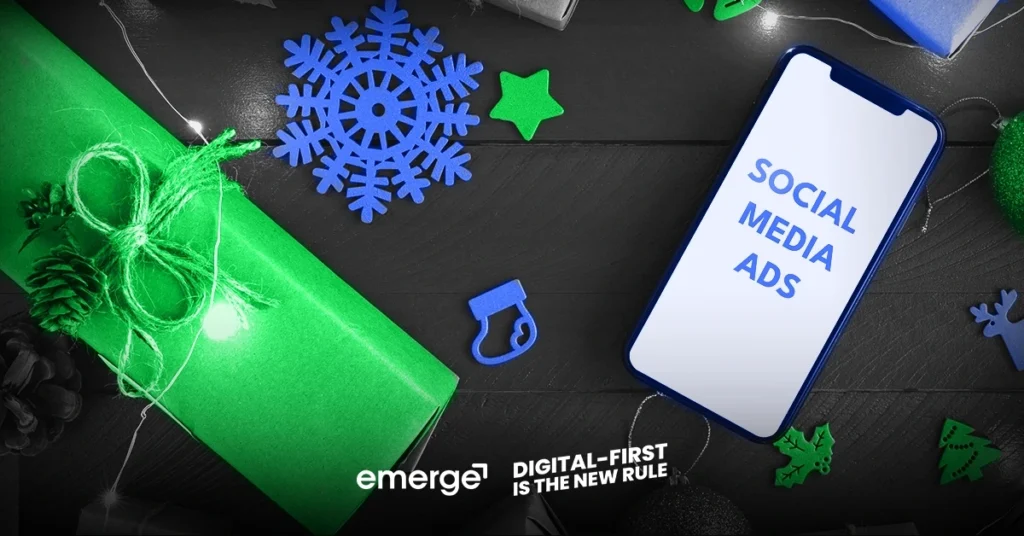
The season of giving and celebration is back! Holidays often means parties and reunions and gift-giving, but from a business...
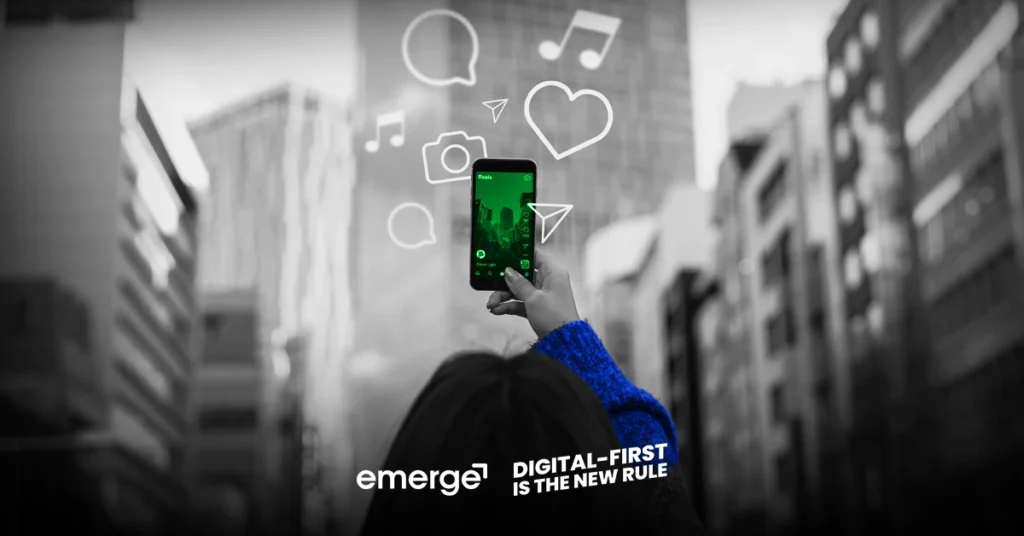
More than half of the world’s population currently uses social media, and Instagram, with over 2 billion monthly active users...
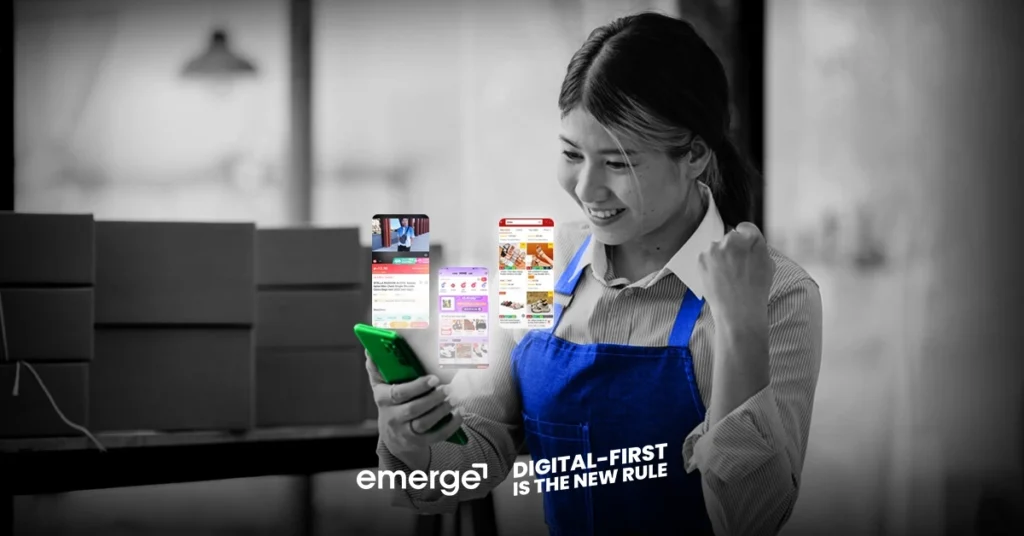
Have you ever experienced going to a retail or department store to buy a new set of clothes, and while...
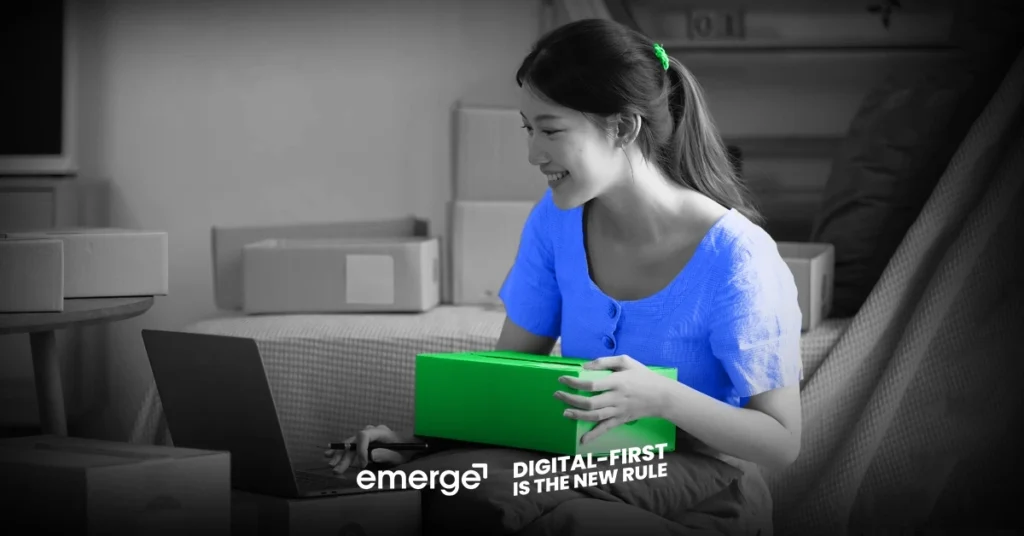
Your latest shoe item arrived today; you’re excited to promote on social media since you’re planning to offer a special...

Trends come and go with each passing year, but some of the most recent ones concern beauty. The past two...
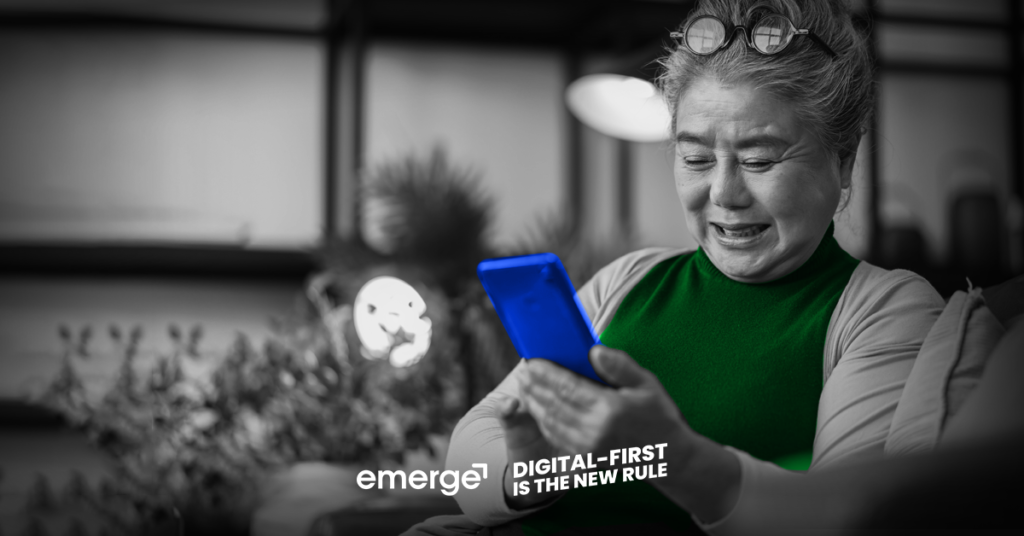
“Hey apo, I added you on Facebook, accept my friend request!” Ever heard this from your grandparents? You’re just left...
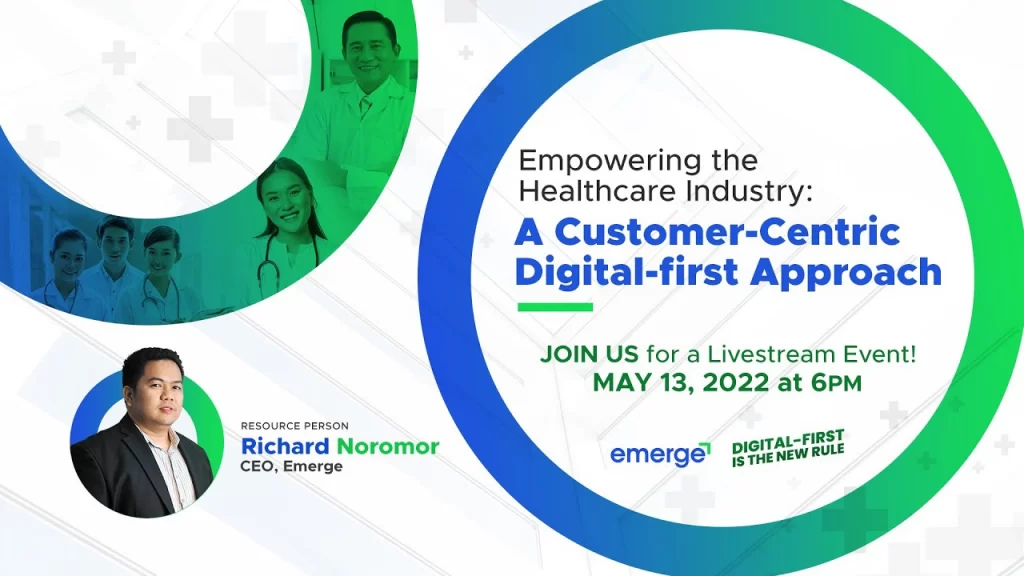
What is Emerge Digital-first Approach? Why Does Digital First Matter? Are you thinking about how you can improve your digital...
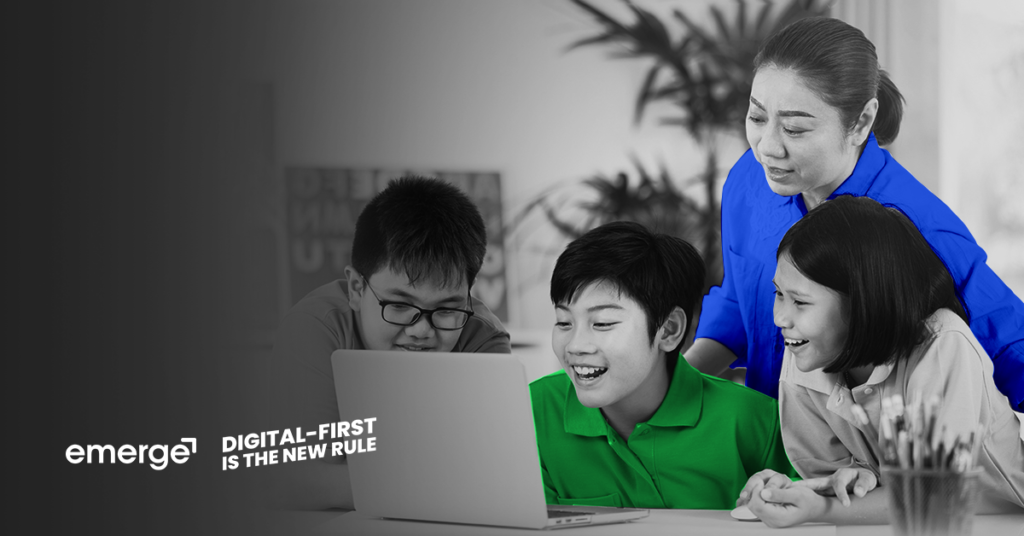
Have you ever seen a lesson taught through video reels? Class essays on Instagram? Or is it getting updated with...
Typically replies within a day
Hello, Welcome to the site. Please check below button for chatting me through viber.